An engaging 43-slide PowerPoint styled as a detective story in which students are tasked with using different addition strategies to uncover suspects.
A bank has been broken into, and a vast sum of money has been stolen. It is up to your students to use their mental addition strategies to reveal the suspects and solve the crime.
This PowerPoint includes seven ‘investigations’, each focusing on a different addition strategy. The investigations include an example of the strategy, a question, an answer and a suspect that is revealed. The story concludes with a final set of questions that reveal the innocent suspects and identify the criminal.
Use this teaching presentation as a consolidation task across multiple lessons to build excitement in the classroom, or solve the crime in one session as a whole-class activity.
This presentation is best paired with the Addition Detectives Unit, which has lessons aligned to each investigation.
Addition strategies include:
- concrete materials
- bridging to ten
- jump strategy
- number boards
- split strategy
- linking addition and subtraction
- compensation strategy.
To explore addition strategies in greater detail, take a look at the following teaching resources:
| [resource:3600518][resource:3602914][resource:3602994][resource:3603058] |
Take a look at the following segment from our Gamified Learning Using Interactive PowerPoints webinar. Resource Producer Tom will step through how to use this PowerPoint with your class.
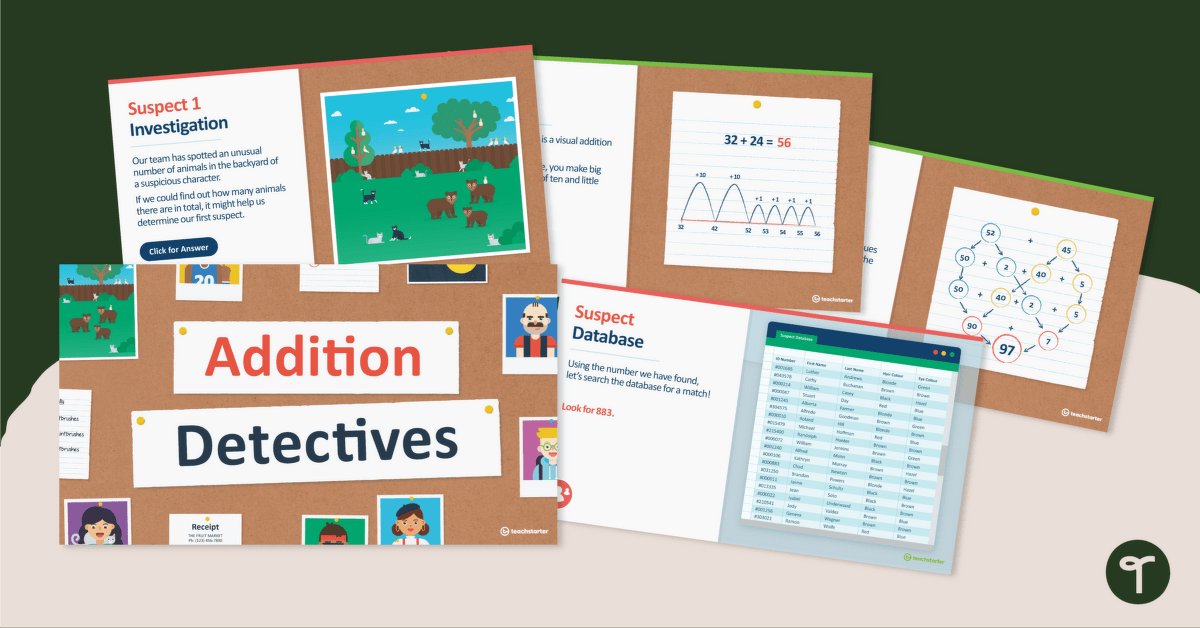

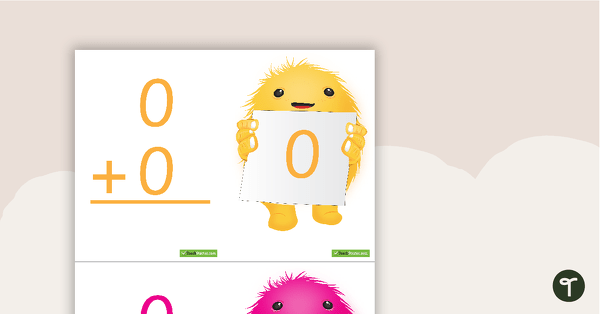
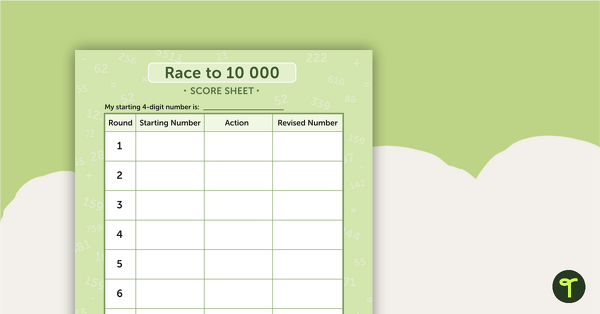
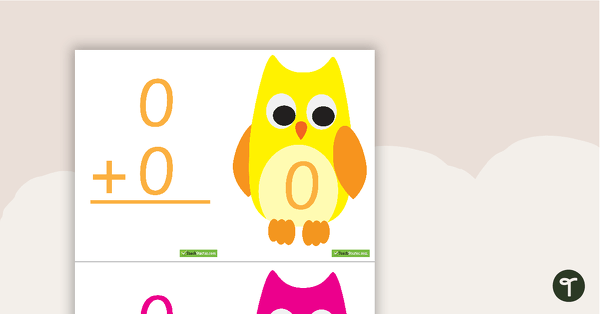
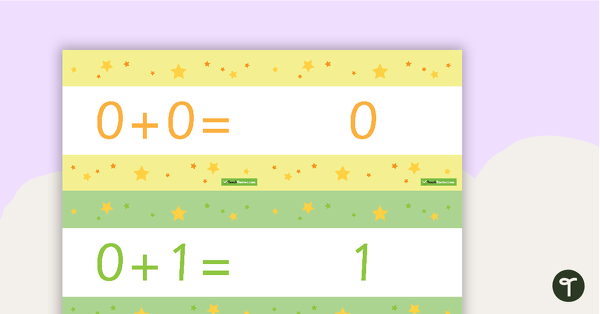
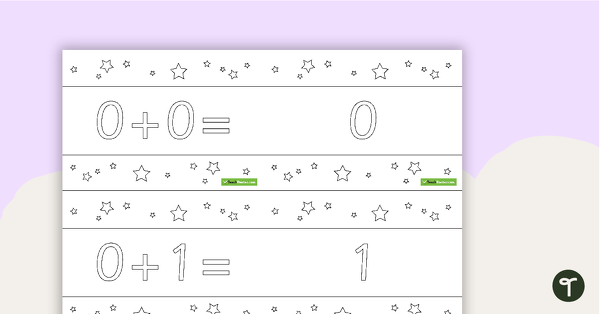
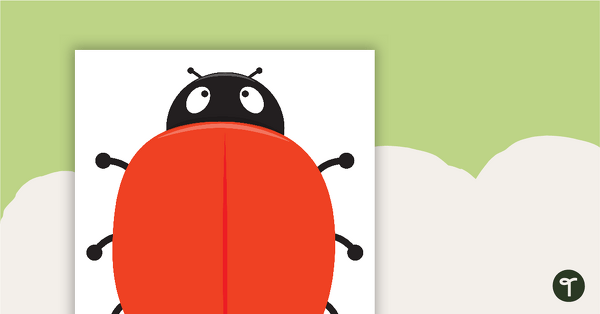

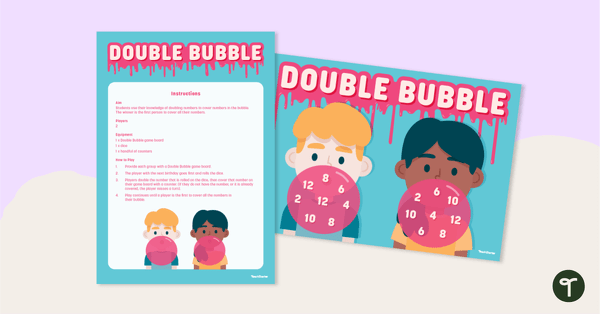

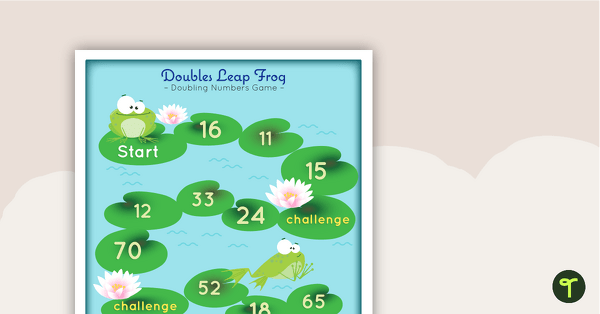
This is awesome! Kids love it! Is there a Subtraction Detectives?
Hi Julie Thank you so much for your lovely comment! We're so glad your students are enjoying the resource. At this stage we don't have a Subtraction Detectives resource. Please feel free to make this suggestion at our 'Suggest a Resource' page. https://www.teachstarter.com/au/suggest-a-resource/
Link "Addition detectives unit" does not go to unit at all but generic resources page https://www.teachstarter.com/?go=3557286
Hi Sonia, Thanks for letting us know. We'll get right onto that! In the meantime, you can access the unit at https://www.teachstarter.com/au/unit-plan/addition-detectives/